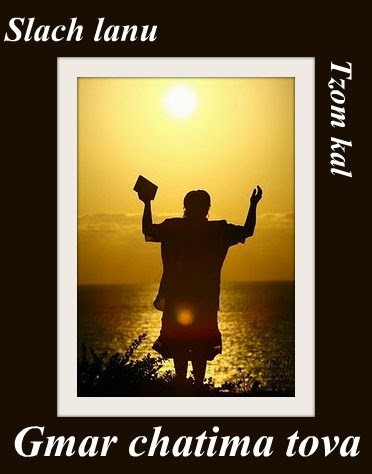I was recently contacted about reviewing two new Haggadot, and I cannot express my excitement about this in words. Pesach has always been my favorite holiday, while the prep is intense, it only helps to build the excitement. It totally reshapes an entire week every year around remembering a pinnacle moment in Jewish history. (Plus in a good year, we get five days of checking out from the world)
A few years ago, I decided I wanted to develop an amazing collection of Haggadot. I grew up with the Maxwell House one, and while it is a classic, I knew there great commentaries I had yet to discover. So every year, I try to get one new one. We started our Sephardekenazi family collection with “The Sephardic Passover Haggadah” by Rabbi Marc Angel. Last year I bought myself the Haggadah which Elie Wiesel wrote the commentary for. I also have “Go Forth and Learn” from Rabbi David Silber on my wish list. It probably would have been this years addition, had I not received these two amazing haggadot for review. While all of this is obviously not related to the review, I had to first share that I may be biased, because I love haggadot and the many interesting ways in which they can be done. I value unique commentaries which expand our understanding of the traditional text. I believe that we can all learn from each other, and that every haggadah gives us a chance to do just that.
 The first Haggadah I received for review was “New American Haggadah,” translated by Nathan Englander, edited by Jonathan Safran Foer and containing commentaries by a long list of contemporary Jewish authors. I was giddy when I took it out of the packaging. It is a hardback book with a bold design that was visually stunning as I just flipped through the pages.
The first Haggadah I received for review was “New American Haggadah,” translated by Nathan Englander, edited by Jonathan Safran Foer and containing commentaries by a long list of contemporary Jewish authors. I was giddy when I took it out of the packaging. It is a hardback book with a bold design that was visually stunning as I just flipped through the pages.
The translation was overwhelmingly traditional, but with some modernization and active language – which I really appreciated, as a traditional yet modern woman. The language is overwhelmingly powerful and absorbing. From the moment I read “as our people’s ink-stained fingers turn its wine-stained pages” in the intro, I was hooked.
There is a timeline of Jewish history running across the top of the pages, which captures the long history of the retelling of these stories. To complete this, there are artistic renderings of the Hebrew text in each section designed to be reminiscent of the typesetting of the era reflected in the timeline.
My favorite thing, is the structure of the commentary though. Each commentary section is written by someone else, but they always follow the same format. There are four sections: House of Study, Playground, Nation, and Library. In each commentary, these four categories are utilized to structure the authors reaction to a particular piece of the haggadah. They also re-orient the pages and you have to physically turn the book 90′ to read them. While I like the ability to clearly see the commentary outside of the flow of the haggadah, my husband felt it was annoying to have to turn the book. I also was unable to identify which author wrote which commentary, which may be bothersome to others.
 The second Haggadah is “Sharing the Journey: The Haggadah for the Contemporary Family” which was recently published by the Central Conference of American Rabbis. I didn’t know much about what to expect from this one, but since I love Haggadot, I was excited to see something out of my normal zone. From the beginning (lierally, the table of contents) it became apparent that would be just that.
The second Haggadah is “Sharing the Journey: The Haggadah for the Contemporary Family” which was recently published by the Central Conference of American Rabbis. I didn’t know much about what to expect from this one, but since I love Haggadot, I was excited to see something out of my normal zone. From the beginning (lierally, the table of contents) it became apparent that would be just that.
This Haggadah begins with a checklist for preparation and explanations of the various things which go on the table, from wine glasses for each person, to matzah, to Miriam’s cup. There is gender nuetral language, including discussing the four children instead of the four sons (which given the publisher is to be expected), I was pleased to see that it was done so that it doesn’t interupt the flow of the translations of the magid (story telling) which is so important to the sedar.
It also has interesting pieces of additional learning, “opportunities for discussion,” and songs in the margins and otherwise sprinkled throughout the hagaddah. As a very interactive person, this was really interesting to me. There is even an appendix with more songs! This really makes it feel family friendly, and even just friendly to those who are looking for more interactive and less traditional sedar experience.
I really enjoyed both of these Haggadot and feel they add uniqueness to my collection.
Note: I received copies of both haggadot for free to review, however I did not receive any additional compensation.





 As the beginning of Yom Kippur draws near, we just want to take one final moment to connect with you all.
As the beginning of Yom Kippur draws near, we just want to take one final moment to connect with you all.